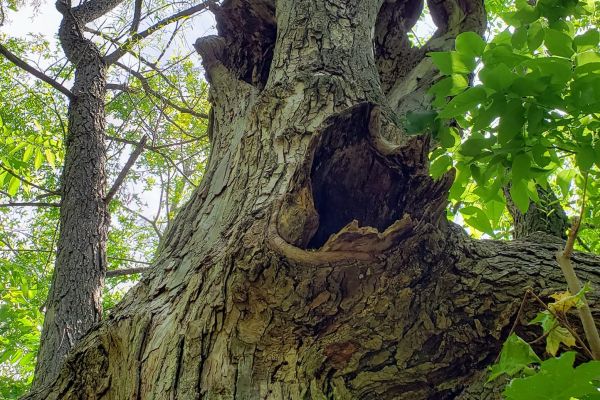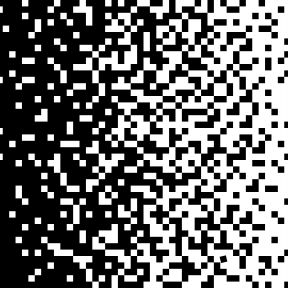
Pareidolia
Pareidolia is a phenomenon wherein people perceive likenesses on random images—such as faces, animals, or objects on clouds and rock formations. It is not a clinical diagnosis nor is it a disorder. The brain has a tendency to assign meaning wherever it can. Seeing a rabbit in the clouds, or an animal (instead of leaves) in the brush is a commonplace experience of pareidolia.
The word derives from the Greek words pará, beside or alongside, and eídos, image or shape. Early research on this phenomenon appeared in the late 1800s. A paper by German physicist, philosopher, and psychologist Gustave Fechner discussed the human inclination to see faces in objects.
Well-known examples of pareidolia include the image of Jesus on burnt toast, the man on the moon, and a Cheetos corn snack that looked like the gorilla Harambe—the latter sold on eBay for $99,900.
The brain has an inclination to recognize patterns and apply meaning to what it sees. The fusiform gyrus in the temporal lobe of the cortex activates to process facial recognition. In addition, the tendency for this recognition is an evolutionary byproduct; ancient man was better off recognizing if a face was a familiar friend or an unfamiliar foe.
Confirmation bias may have some influence on how we perceive. We see what we want and expect to see. Also, if we are looking out for meaningful patterns, we are likely to see them.
One could argue that great artists like Salvador Dali and Pablo Picasso may have engaged in pareidolia. And it may well be that people who frequently experience pareidolia are more creative. How the artist perceives the world is important in their creative process.
Also referred to as kinetic pareidolia, motion pareidolia is seeing patterns or images in random visual stimuli, a person can perceive motion when there is no movement. The brain is trying to make sense of what it sees by interpreting it as intentional movement.
Sometimes, when people see something out of the ordinary, like a face in a cloud formation, they apply supernatural significance to the imagery. Some individuals may more willingly incorporate spiritual beliefs into their pareidolic experiences, perhaps the face in the cloud is delivering a divine message.
Pareidolia was previously considered a symptom of psychosis, where a person sees visual hallucinations and delusions. There is a higher incidence of seeing meaningful images in random objects among people with schizophrenia.
Pareidolia is related to apophenia, but the latter means interpreting patterns or meaning in random information and data that has no meaning whatsoever.





